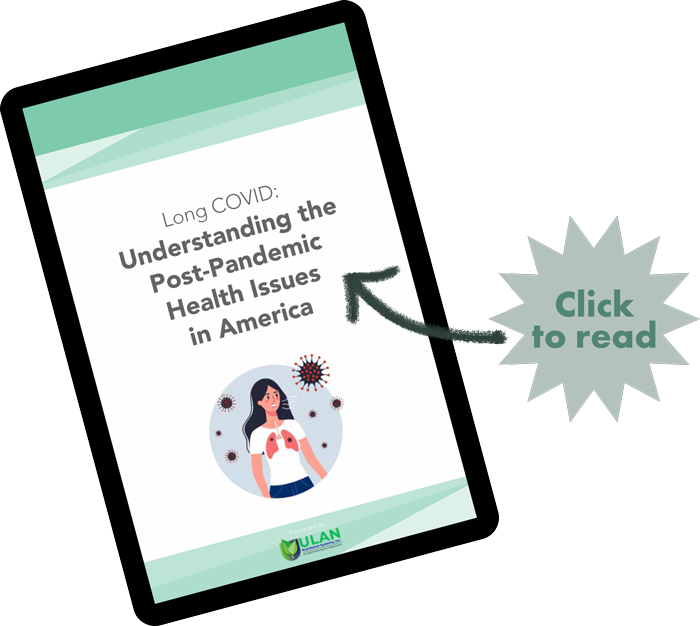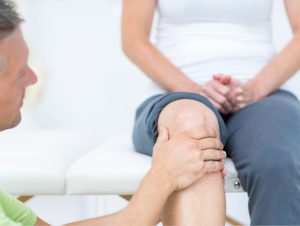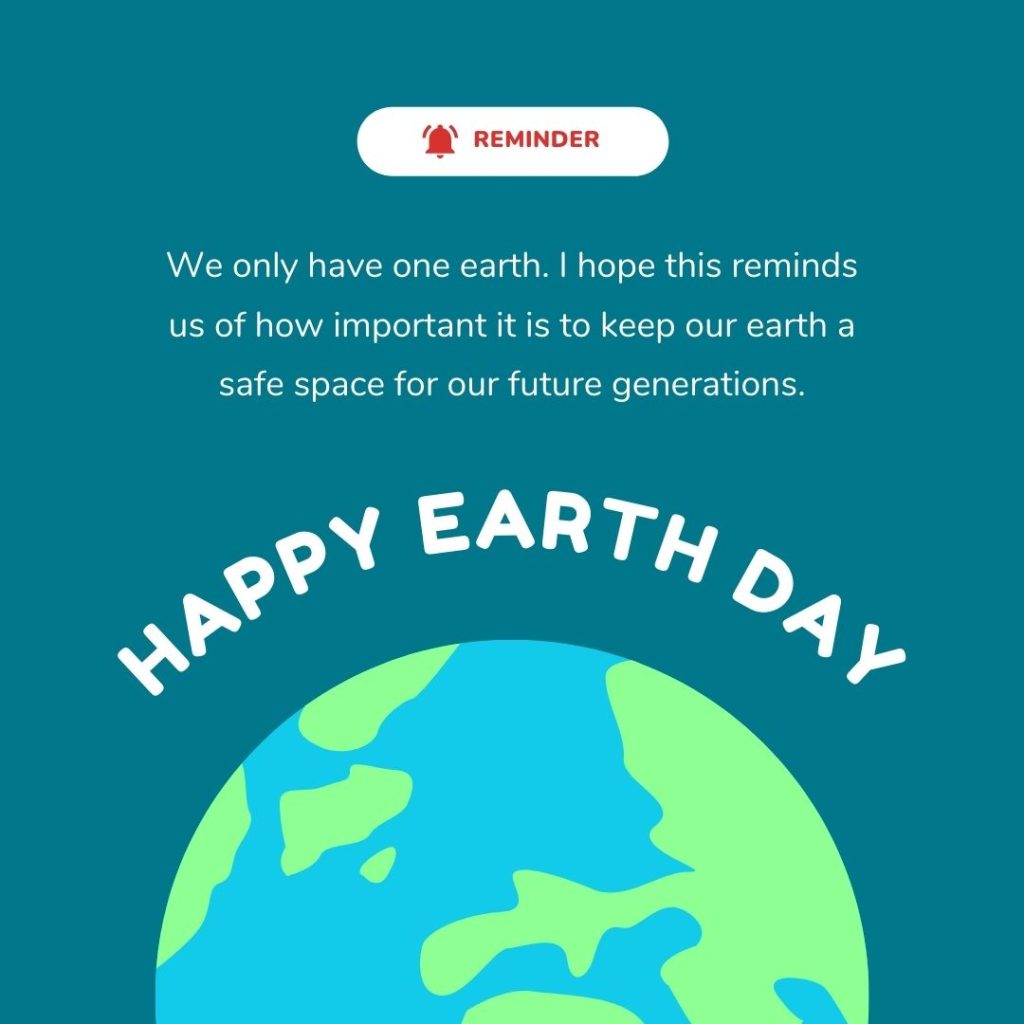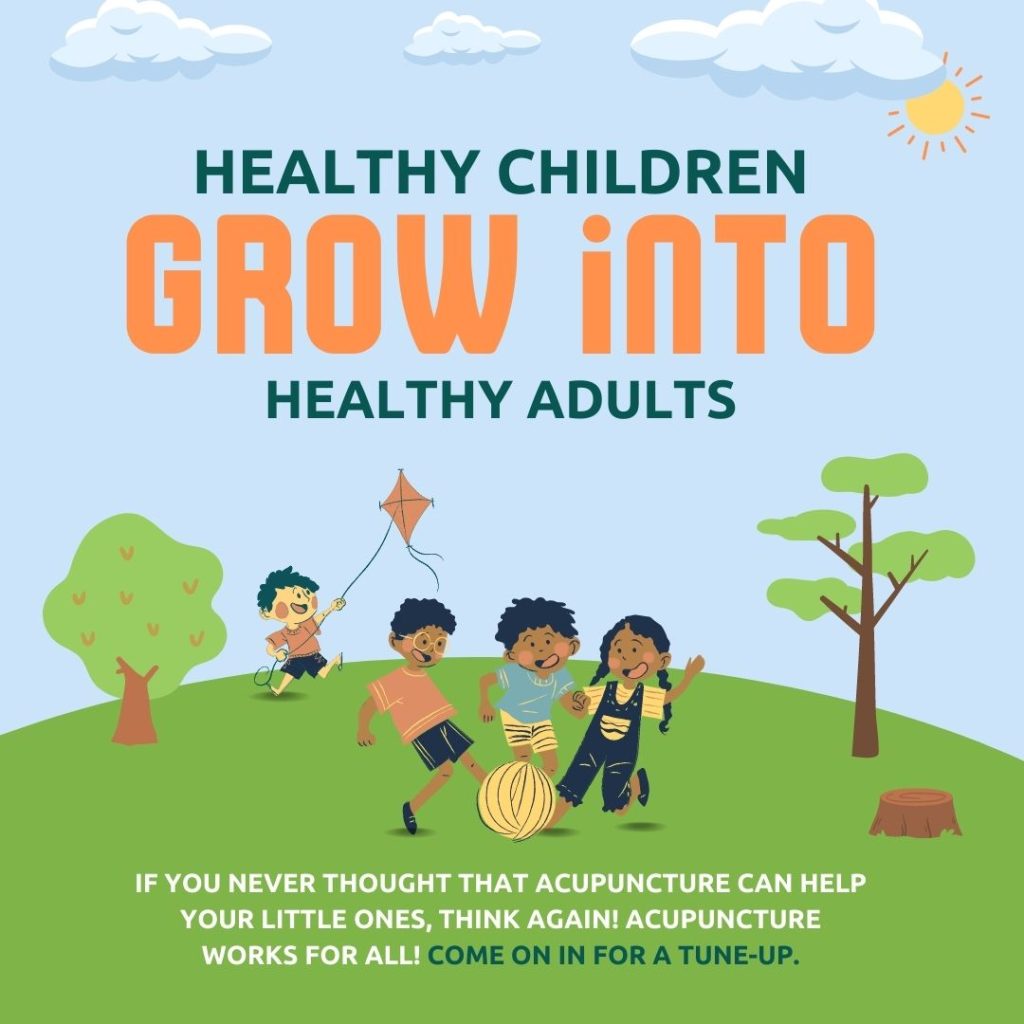- WE MOVED !!!
-
 Professional Acupuncture & Physical Therapy1118 East Superior Street
Professional Acupuncture & Physical Therapy1118 East Superior Street
Duluth, MN 55802(218) 724-3400 Clinic Hours
Mon8:00 am - 4:30 pmTue1:45 pm - 4:30 pmWed8:00 am - 4:30 pmThu8:00 am - 4:30 pmFriCLOSED

- Long Covid Booklet
Traditional Chinese Medicine
Acupuncture for Knee Osteoarthritis
In a study published by Acupuncture in Medicine, researchers found the use of acupuncture, in the treatment of knee osteoarthritis, was superior to not using any acupuncture whatsoever. They also concluded this evidence is consistent with all other current evidence regarding this matter. According to the study, after 12 weeks of treatments, subjects reported their knee pain was greatly reduced. The reported success rate of pain relief in the patients that received acupuncture treatments was 76 percent, while the success rates of the control group that did not receive acupuncture was only 32 percent.
 As a side note, several patients also reported some secondary complaints seemed to be less bothersome. These results are very positive and it shows acupuncture is more likely to provide relief, even in patients with severe osteoarthritis.
As a side note, several patients also reported some secondary complaints seemed to be less bothersome. These results are very positive and it shows acupuncture is more likely to provide relief, even in patients with severe osteoarthritis.
Osteoarthritis of the knees is very prevalent in today’s society. According to the American College of Rheumatology, nearly 30 million people are affected with this degenerative joint disease. Knee osteoarthritis is characterized by pain, swelling, decreased range of motion and stiffness in the joint itself. This can also sometimes lead to the development of bone spurs.
Traditional Chinese Medicine looks at afflictions much differently than Western medicine. In TCM, osteoarthritis is categorized as a Bi (pronounced “bee”) syndrome. According to TCM, Bi syndromes are typically caused by a combination of cold, dampness and wind. Bi syndromes are disorders that occur due to obstruction of the energetic meridians or pathways. The Qi (pronounced “chee”), also known as the energy or life force, tends to become blocked due to swelling or immobilization of the joint. Also a lack of blood circulation may oftentimes be a contributing factor.
There tend to be three phases of most Bi syndromes, the attack phase, the recovery phase and the stabilization phase. The attack phase is when the most swelling and pain are evident. In the recovery phase, the swelling tends to be less or completely dissipated and the pain and stiffness are the main symptoms. The final phase, the stabilization phase, may have all symptoms except swelling. All three phases may last from several days to several months.
There are different approaches to all three phases regarding the possible treatment options. During the attack phase, acupuncture with electrostimulation, cupping and even bleeding techniques are recommended and usually the most effective. During the recovery phase, acupuncture with electrostimulation tends to be the most beneficial. And finally, during the stabilization phase, acupuncture may be applied to the muscles, ligaments and tendons surrounding the knee joint, which can help to restore or rebuild normal functioning of the areas.
Many times those who suffer from osteoarthritis also need some nutritional counseling and weight management training. Even five extra pounds can create excess stress on the joints. And as demonstrated in the research study, acupuncture can be an excellent addition for the management of symptoms associated with knee osteoarthritis. By making positive changes and including acupuncture treatments, osteoarthritis sufferers can effectively manage this debilitating disease.
Contact Heidi at (218) 724-3400 today to learn more.
Stay Healthy, Stay Hydrated
We’re all hearing it, remember to stay hydrated, but why?
Well for starters, did you know that your body weight is nearly 60% water?
Drinking water does more than just quench your thirst. Water is a vital source of life, and without it, life on Earth would not exist as we know it. Staying properly hydrated allows cells, organs, and tissues to maintain bodily function. These functions include regulating temperature, retaining optimum levels of moisture in the blood, bones, and brain, as well as excrete waste through perspiration, urination, and defecation.
 Considering our bodies lose water through processes like breathing, sweating, and digestion, it is very important to rehydrate by drinking fluids and eating foods that contain water. The amount of water your body needs is dependent on various factors including, climate, physical activity, illnesses, and other health conditions.
Considering our bodies lose water through processes like breathing, sweating, and digestion, it is very important to rehydrate by drinking fluids and eating foods that contain water. The amount of water your body needs is dependent on various factors including, climate, physical activity, illnesses, and other health conditions.
A study published by the University of North Carolina (linked here) states that proper hydration is critical to the body’s ability to moderate internal temperature. Body water loss through sweat is an important cooling mechanism in hot climates and in physical activity, or when battling a fever. This extensive study was able to provide many examples of how water intake can affect a vast array of bodily functions such as cognition, kidney function, gastrointestinal function, even heart function, and more.
There’s no hard and fast rule. Many individuals get their daily required water by simply drinking water when they’re thirsty. According to a report on nutrient recommendations from the Institute of Medicine of the National Academies, if you’re losing fluids for any of these reasons, especially in the midst of high fever symptoms seen in Covid-19 and other active influenza viruses, it’s important to increase your fluid intake so that you can restore your body’s natural hydration levels.
During these concerning times with the complications of this Covid-19 pandemic just beginning, we encourage you to do all that you can to stay healthy, safe, and well-rested. We hope to help you become inspired by living a healthy lifestyle, do your own research, and spread some wholesome wellness in your world.
Now… go drink some water!
Herbal Tonics for Allergies
Home/Self-Care Remedies
An allergy occurs when your immune system reacts to a foreign substance, called an allergen. This could be anything from something you inhale to something you touch to something you eat. An allergic reaction may cause sneezing, coughing, watery eyes, a running nose, a sore throat and rashes. In severe cases, allergic reactions can induce something known as anaphylactic shock, which can actually be deadly.
According to the Asthma and Allergy Foundation of America, nearly 50 million Americans are affected by nasal allergies. These numbers are increasing too. To date, allergies are the sixth-leading cause of chronic illness in the United States. Anaphylactic reactions are typically triggered by medications, food and insect stings, with pharmaceuticals causing the most allergy-related deaths. The cost of allergies exceeds $18 billion per year!
There are ways to deal with allergies though. Obviously with life-threatening allergies, a person needs to know what they are allergic to and be very adamant about avoiding those substances. For others who deal with seasonal allergies, things
aren’t as dire and the inconvenience of allergies can be navigated using many natural remedies, including Traditional Chinese Medicine (TCM).
TCM is a medical system that has been around for thousands of years. The general theory behind TCM is to treat the patient holistically, taking into account all aspects of the patient’s illness. TCM utilizes many modalities to treat the patient,
including acupuncture, acupressure, herbs, formulas, cupping and nutrition. For treating allergies, there are some wonderful herbs and formulas that can be implemented.
Here’s a short list of items that can be used to treat non-lifethreatening allergies.

- Reishi or Medicinal Mushrooms:
Medicinal mushrooms have been used for centuries to help with everything from balancing blood sugar to decreasing inflammation. But they are also well-known for their immune-boosting properties. Reishi mushrooms are adaptogenic and they help regulate stress in the body. This is great for allergy sufferers because allergies can be exacerbated by stress. - Scutellaria or Huang Qin:
This herb is frequently used to treat acute respiratory infections and bronchitis. Two key components of Huang Qin are particularly good at relieving allergic asthma attacks. - Saposhnikovia or Fang Feng:
Fang Feng is used frequently by TCM practitioners to expel and prevent wind pathogen invasions. So for allergies that prompt headaches and nasal symptoms, this is a great herb to have on hand. - Magnolia Flower or Xin Yi Hua:
Flowers are used a lot in TCM due to their aromatic nature. Xin Yi Hua is another great herb to have on hand when seasonal allergies flare up. This herb is great at relieving nasal congestion, sinus headaches and the runny nose that frequently
accompanies allergies. - Cang Er Zi San:
This is an herbal formula frequently prescribed for people who are suffering from allergy attacks. Cang Er Zi San works to open up the nasal passageways, helps expel congested mucus, decreases sneezing and helps to alleviate red itchy eyes. It is a go-to herbal formula for TCM practitioners during allergy season.
Herbs can be very beneficial and help keep the body free from illness. The herbs and formulas mentioned above are just a few examples that would be good to have around if you suffer from allergies. Ask us to find out more about these herbs, we can help you navigate the world of medicinal herbs and find the exact combination right for you.
Happy Earth Day
Today is earth Day.
Let’s celebrate this lovely planet we live on by spending time outside. Getting outside does the body good. There are scores of scientific studies that confirm just how good! But “earthing” takes a walk outside to another, deeper, more healing level.
What Is Earthing?
Also called “grounding,” earthing simply means walking barefoot on a natural surface like grass, soil, or sand. It’s important to remember that it is different than just walking outside, although that, too, is beneficial in so many ways. Making direct physical contact with the ground—and that doesn’t mean concrete or other man-made surfaces—is what it’s all about.
The prominence of the element carbon is what designates something as organic matter—and I don’t mean “organic” like your groceries! All living things are carbon-based. If you do any gardening or backyard composting, you’ll probably recognize that term, “carbon-based,” as the “green” stuff you put in your compost: leaves, grass trimmings, veggie cast-offs.
Earthing is also different from forest bathing, or shinrin-yoku, which is the Japanese practice of fully immersing oneself in nature.
How Earthing Works in Your Body
 There are so many studies that confirm how beneficial earthing is for our bodies and minds. A research review led by Gaétan Chevalier of multiple studies published in the Journal of Environmental and Public Health illustrates how earthing has been shown to reduce stress, support immunity, help moderate heart rate and glucose levels, and even help wounds heal faster.
There are so many studies that confirm how beneficial earthing is for our bodies and minds. A research review led by Gaétan Chevalier of multiple studies published in the Journal of Environmental and Public Health illustrates how earthing has been shown to reduce stress, support immunity, help moderate heart rate and glucose levels, and even help wounds heal faster.
While there is still a lot to learn about how connecting physically with Earth affects our bodies, research shows that it has a lot to do with electrons and electromagnetic charge. Walking barefoot on organic surfaces actually changes the electrical activity of our brain.
It can even produce “measurable differences in the concentrations of white blood cells, cytokines, and other molecules involved in the inflammatory response,” according to the review by Chevalier.
Amazingly, this presence of carbon seems to be what makes carbon-fiber mattresses so helpful for better sleep and pain relief!
According to a study in The Journal of Alternative and Complementary Medicine, earthing may even help improve the function of red blood cells, a major factor in heart disease. Another study shows that earthing may help regulate both the endocrine and nervous systems.
Earthing is an amazing addition to your wellness care routine, just like regular acupuncture visits. Let’s schedule you for a spring tune-up to make sure you’re as healthy as you can be! Call Heidi at (218) 724-3400 to schedule an appointment.
Acupuncture For Children
Acupuncture can help kids achieve health F-A-S-T!
Most kids respond relatively quickly to care.
Here’s a shortlist of common symptoms and signs acupuncture can help kids (and adults) with:
- ADD/ADHD
- autism
- allergies
- back pain
- neck pain
- leg pain
- headaches
- stomach aches
- colic
- IBS
- constipation
- nausea
- anxiety
- stress
- chronic fatigue syndrome
- migraines
- seizures
- and other chronic illnesses too
Phew!
And that’s just t name a few!
If you’re looking to help out your little one (or yourself) give us a call at (218) 724-3400. We may be able to help and we are conveniently located on 205 W. 2nd Street in Duluth Minnesota.





